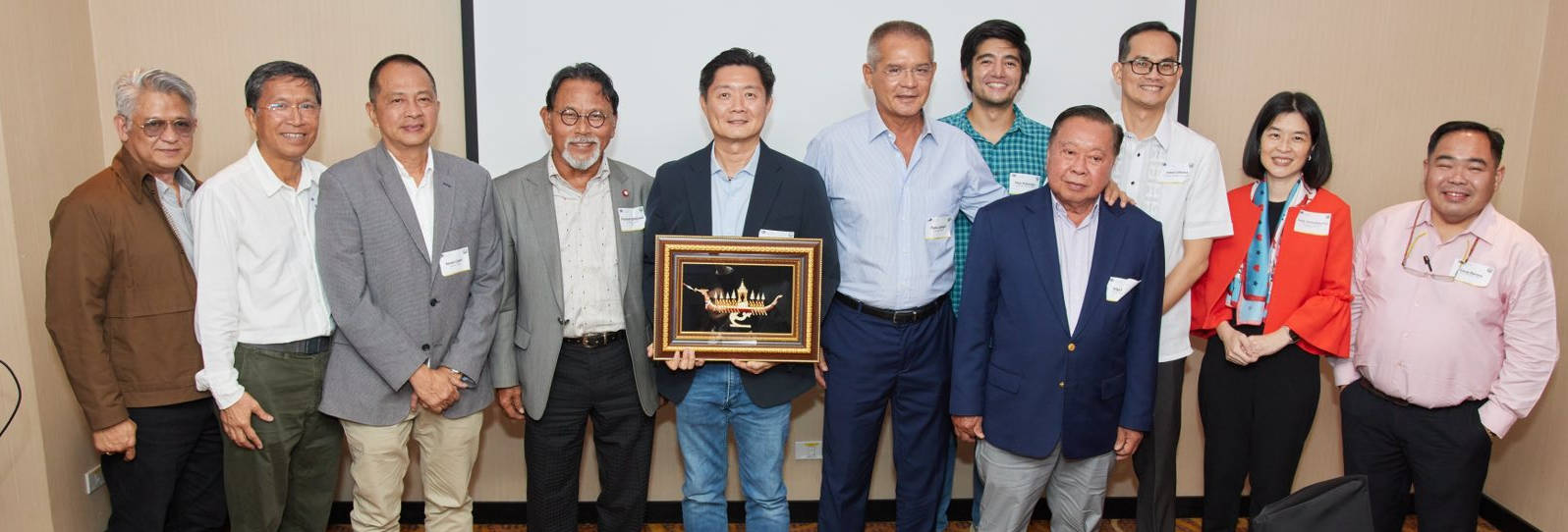December 18, 2014
U.S. Grains Council
The U.S. Grains Council recently led a delegation of industry leaders representing the USDA, Renewable Fuels Association, and Growth Energy to the Philippines to assess factors contributing to the large exports of U.S. ethanol to Southeast Asia and evaluate future opportunities for growth.
The Philippines represents one of the few markets in the world that is truly short on ethanol. Last year, the country imported 194 million liters (51 million gallons) of U.S. ethanol, making it the second largest market for the product after Canada.
The mission focused on three targets: local industry, commercial interests and government. The team met with private equity, oil companies, traders, ethanol plants and government officials to learn more about the dramatic increase in ethanol imports into the Philippines.
The island country currently has four ethanol producers with a combined capacity of 133 million liters (35 million gallons). While still falling short of the country’s demand for ethanol, between 2012 and 2013 these producers increased their capacity by 350 percent. Production is expected to increase through 2015 as more plants come online and existing plants gain efficiencies.
The Philippines has a very functional and strictly enforced biofuel mandate, thanks to its National Biofuel Board, which meets once a quarter with gasoline companies and ethanol producers. In this system, the ethanol producers announce their production expectations, which are used to create their obligations for downstream gasoline distributors. Then the spread between the 10 percent mandate and local production is distributed across the industry based on historic market share, and blenders obtain import permits to make up the shortfall.
Even with this mandate in place, Philippine ethanol producers lack the scale and efficiencies necessary to be competitive in the global ethanol market. Due to an ineffective land allocation policy, the availability of feedstock remains one of the largest challenges of ethanol producers.
Currently, molasses and sugar syrup are the feedstocks of choice for ethanol producers in the country, which are less cost effective for ethanol producers. As a result, locally-produced ethanol is actually sold at a premium to retail gasoline.
One Philippine ethanol producer told the team visiting this week he can sell his ethanol for around 49 pesos per liter ($4.13/gallon), FOB plant, while the nearby gas station is selling retail gasoline for 43 pesos per liter ($3.65/gallon). With imported ethanol at virtually half the price of locally-produced, there is remarkable leverage to maintain an import program and save the consumer money at the pump.
Additionally, the Philippine Department of Energy has ambitious plans to continue to ramp up ethanol blend rates to achieve E20 by 2020. The government has successfully managed the ramp up from E5 to E10 over the past two years, and there is no reason to suspect it will not continue to move forward with its stated policy.
In addition to assessing the favorable market conditions, the USGC mission found there is definite potential for industry and government collaboration to help meet the ethanol blend goal.
The team is scheduled to finish its assessment mission on Dec. 13 in Singapore, where team members will review other opportunities in South and Southeast Asia, including in Indonesia, Vietnam and Thailand. Upon their return to the United States, leaders from the Council, USDA, RFA and Growth will determine how to best serve the particular needs of this market based on the information they gathered.
This week’s ethanol mission and two earlier missions to Latin America, Japan and Korea were made possible when the USDA announced earlier this year that ethanol exports could be promoted under the Market Access Program. This program, part of the U.S. farm bill, provides cooperative funding for U.S. agricultural export promotion initiatives around the world.


